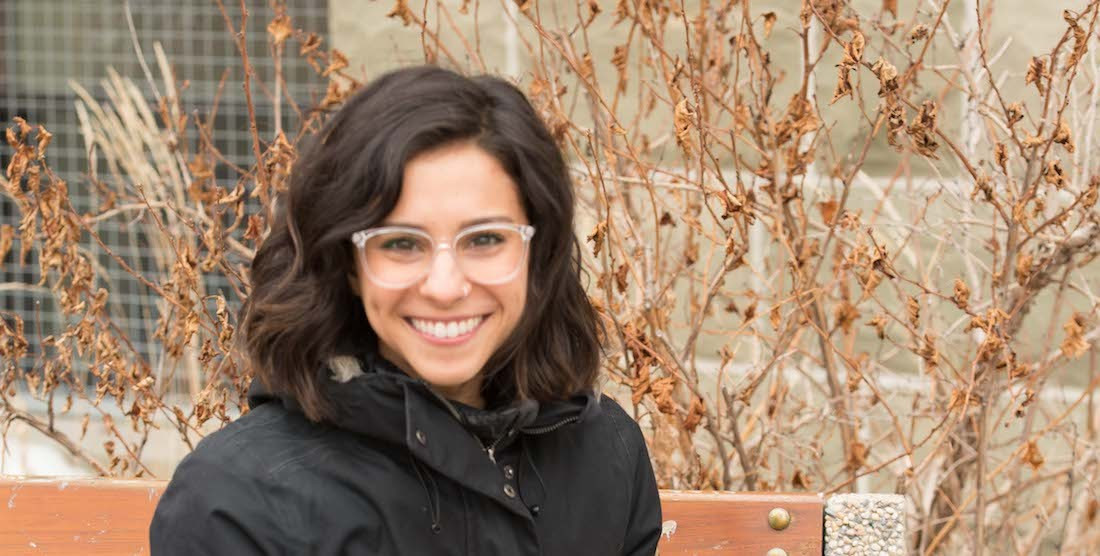Power moves
Rethinking touch, gender and consent across the dance community
Dance is one of the few professional or recreational activities where it is socially acceptable for total strangers to touch each other. For several local dancers, examining what gender and consent mean in an intimate interaction has become a central part of their practice.
Brenda Lee is a local Lindy Hop dancer, instructor and organizer. She teaches and competes on a national level in swing dance. She says that swing dance has a complicated historical relationship to gender.
“Swing dancing is not immune to the gender norms that we experience in the rest of our lives,” Lee says.
“For a long time, within the swing dance scene, ‘leader’ was synonymous with ‘men,’ and ‘follower’ was synonymous with ‘women.’ Although many women lead, and many men follow in swing dancing, these dancers are not well represented in competitions, in media portrayals, in advertising and promotional materials.
“A frequently repeated mantra about gender in swing dancing is that same-gender partnerships is a newfangled phenomenon, but historical clips of same-gendered dance pairings going back as far as the 1930s and 1940s disprove that generalization.”
In her teaching and organizing, Lee says she strives to join the growing movement within the swing-dance community to rethink what gender means for the art form.
“Many swing-dancing communities across the globe have complicated and challenged gender roles as it pertains to partnered social dancing by separating dance role (leader, follower, switch) from gender,” she says.
“I am passionate about promoting ‘ambi-dancing’ (also called ELEF - Everybody Leads Everybody Follows), which helps to promote greater understanding of the other dance roles and to de-link dance role from gender.”
Alexandra Winters is a dancer, teacher and choreographer who has worked extensively within Winnipeg’s contemporary dance scene. She has just completed the first phase of research on a new work that she’ll premiere this fall that examines what power can mean both within and outside the rehearsal hall.
“Thematically, I am interested in alternative representations of power,” she says.
“I think that our dominant view of power is ‘power over,’ and I am curious about the other ways in which power is exchanged between individuals and within groups. (The dancers and I) consciously built a collaborative working environment based on clarity of communication, and I see those positive working relationships come through in the work itself.”
For Winters, consent in a choreographic context isn’t just about touch between two dancers.
“Asking people to do things with their physical bodies even without touching another person is something that I think requires ongoing consent, and I think dancers need to give themselves permission to say no if something makes them feel uncomfortable or unsafe,” she says.
Lee says that consent is fundamentally about creating a space for creativity.
“Consent is vital in swing dancing, as it is foundational for trust. And trust is vital for shared expression and creativity, which is fundamental to the dances,” she says.
“In my classes, I explicitly teach how to ask for a dance, how to turn down a dance, how to accept a ‘no’ gracefully, and how to give feedback when a touch or connection is uncomfortable or painful.”
Winters agrees.
“When people are genuinely respected and have a sense of agency, they can do their best work. I really think it's that simple,” she says.
“There is tremendous value in ... recognizing that everyone is the expert of their own experience.”
Published in Volume 73, Number 23 of The Uniter (March 28, 2019)







